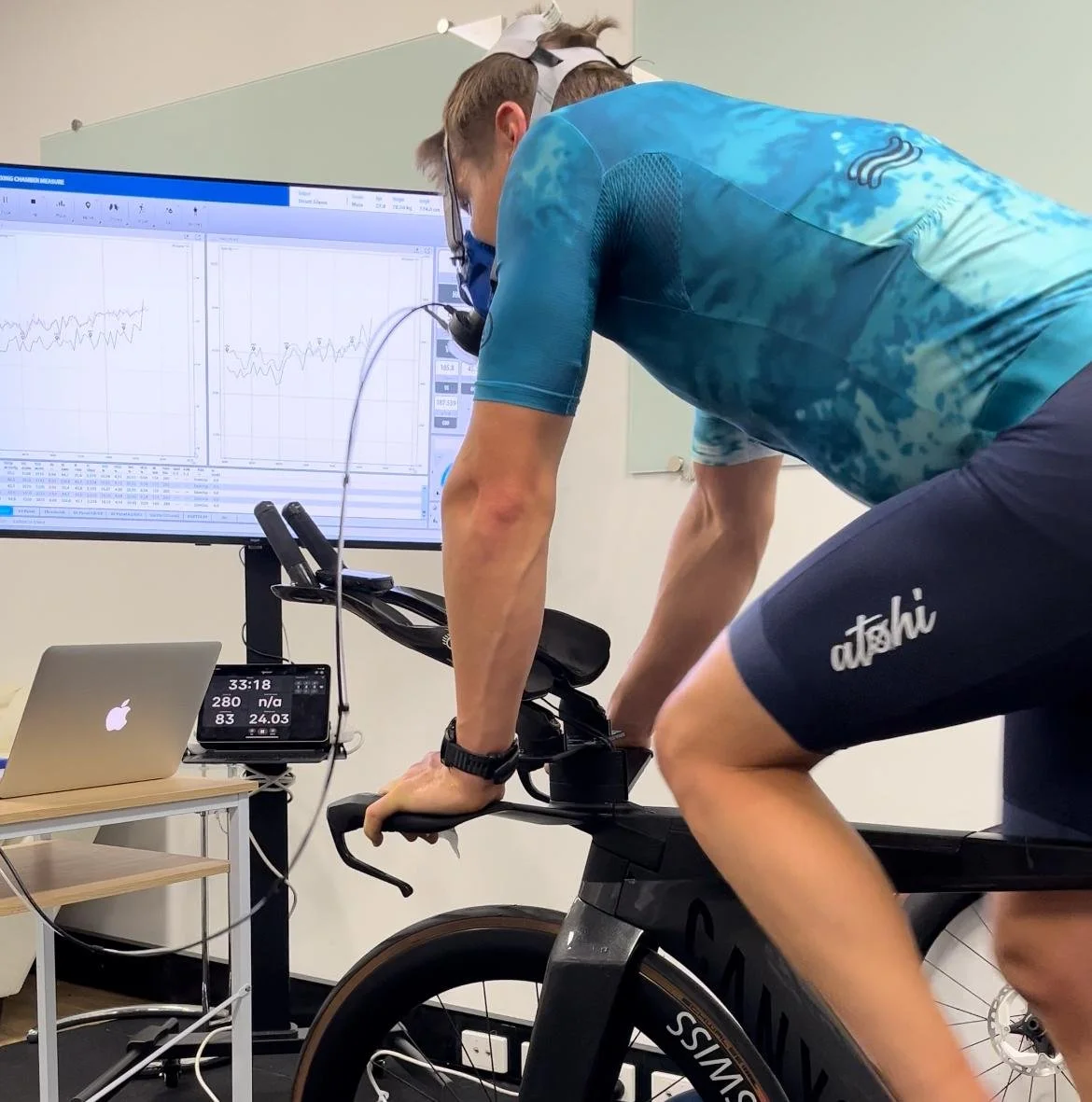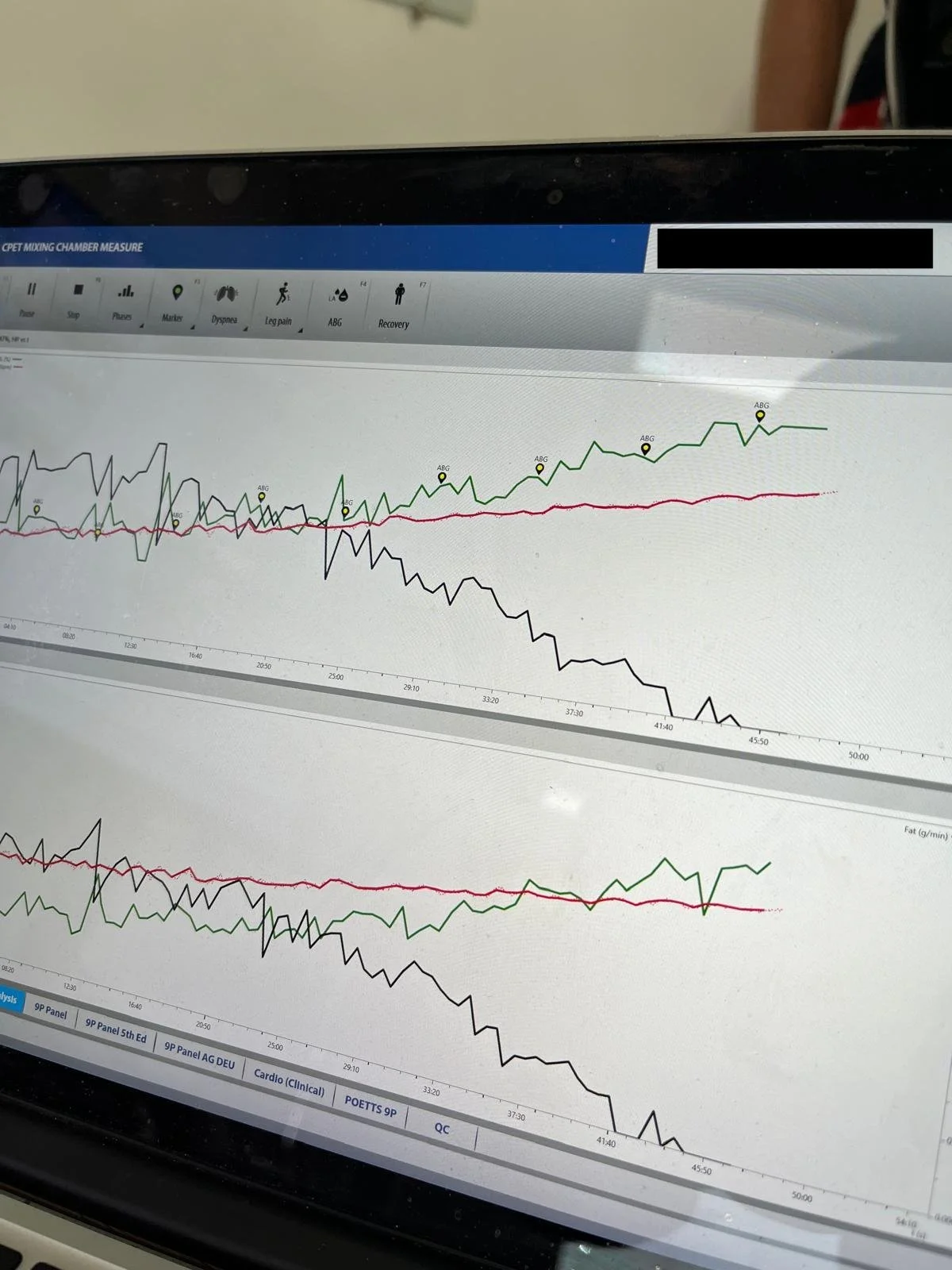When it comes to training efficiency, understanding your zones is essential. Zone 2 training, in particular, has gained popularity due to its benefits for endurance and metabolic health. To accurately determine Zone 2, many athletes and coaches rely on physiological markers such as the first ventilatory threshold (VT1) or lactate threshold 1 (LT1). Here's how you can measure Zone 2 based on VT1 or LT1 in a VO2 max test.
Reasons to Do Metabolic Testing
How Often Should You Do VO2 Max Training?
Is a Resting Metabolic Rate Test Worth It?
In today’s fitness world, we're all about tracking data. Whether it's steps, heart rate, or sleep, we have plenty of ways to get to know our bodies. But what if you could know exactly how many calories you burn just by resting? That’s where a Resting Metabolic Rate (RMR) test comes in. But is a resting metabolic rate test worth it?





